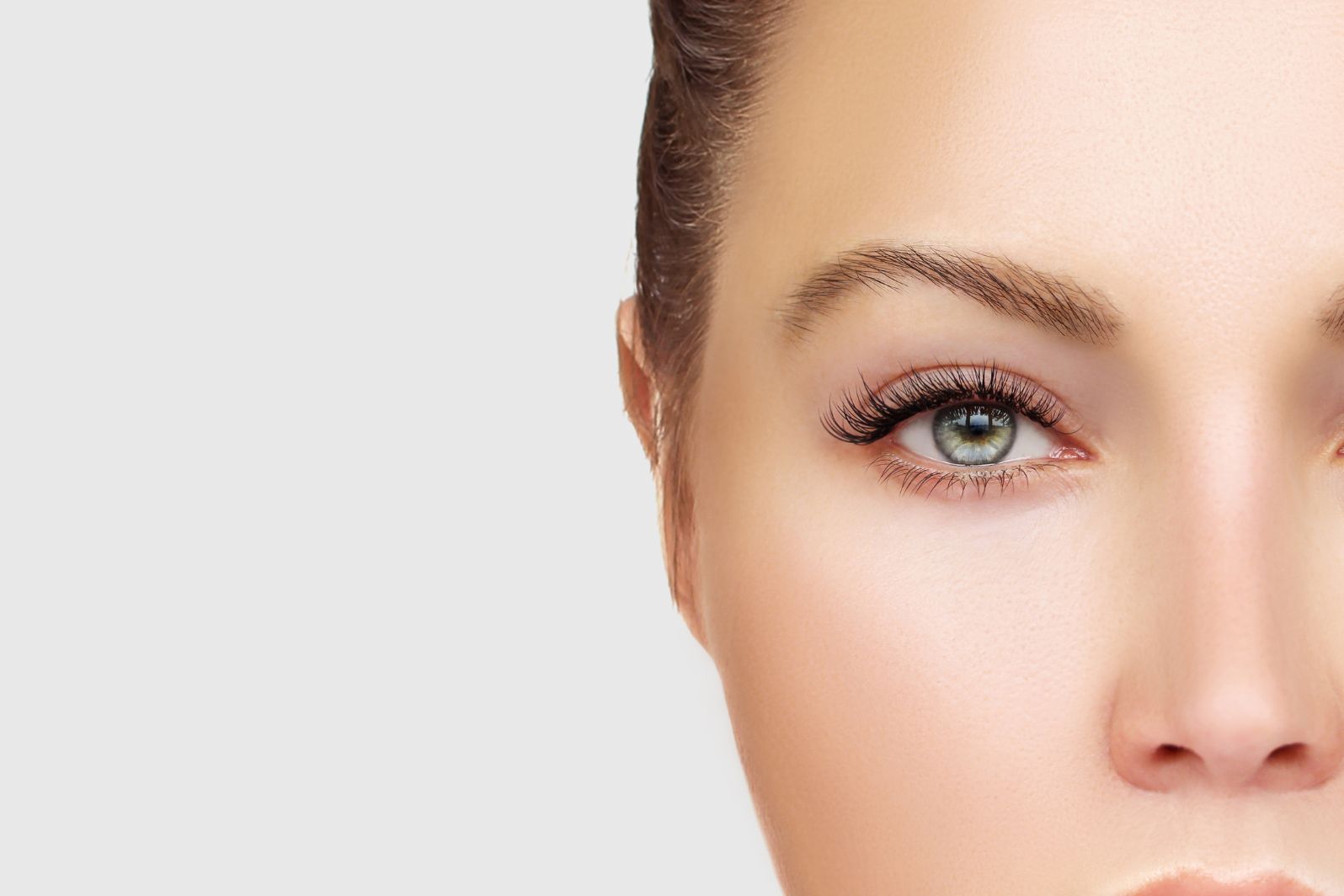Are you experiencing eyelid pain, swelling, or redness? If so, you might be suffering from a stye!
This common eye condition can be uncomfortable and unsightly, but the good news is that it’s usually easy to treat. In this blog post, we’ll go over the signs of a stye and provide some tips on how to manage it.
So if you’re dealing with an irritating lump on your eyelid, keep reading – we’ve got you covered!
Table of Contents
Eyelid Pain and Swelling
Signs of a stye include eyelid pain and swelling, often accompanied by redness and contact sensitivity. Usually, only one eye is affected, although multiple styes can occur. A minor stye is treated at home by massaging the area to promote drainage.
The warm compresses help to open the gland orifice and allow the infection to escape, often taking 24-48 hours to resolve. More severe styes or those not responding to home treatment may require medical treatment, such as incision and drainage, antibiotics, or steroid injections.
Red Lump On the Eyelid
A stye is an infection of the eyelids, which is often identified by a painful, red lump on the eyelid. The lump usually grows quickly in size and can become quite uncomfortable. The best way to treat a stye is to avoid makeup and any other chemicals in the affected area several times a day to reduce swelling and remove secretions.
It’s important to not try to pop or squeeze the stye, as this can spread the infection or worsen the condition. If the infection does not clear up with home treatment, a doctor can prescribe antibiotics to help clear the infection. Good hygiene such as keeping the affected area clean and washing hands often, as well as regularly washing bed sheets and towels can also help prevent the spread of styes.
Light Sensitivity
Generally, a stye will cause the eyelid to become sensitive to light as the surrounding area is irritated. To treat a stye, clean your eyelid and the affected area several times daily. This will help bring the stye to a head and relieve any associated pain.
Additionally, over-the-counter antibiotics can be applied topically to help reduce swelling, pain, and discomfort. To prevent the spread of stye bacteria, it is recommended to avoid sharing any makeup or eye makeup tools and to dispose of any unsterilizable items.
Getting rid of stye with the use of these medications needs to be evaluated and monitored by a medical professional.
Mucus Discharge in the Eyes
In some cases, a yellow crust or mucus discharge may be present. A hot compress for eyes can help reduce pain, swelling, and redness associated with a stye.
Some treatments may also include antibiotics, but it is important to consult a healthcare provider to determine the best course of action. When it comes to mucus discharge in the eyes, if this is due to a stye, it is simply a sign that the body is attempting to rid itself of the infection.
However, any changes in eye discharge should be brought up to a healthcare professional as there may be an underlying cause for the discharge.
Itching of the Eye
Itching of the eye is one of the most common symptoms of a stye. There may be a crust on the eyelid that causes itching, the feeling of a lump near the eyelid, and pain in blinking.
To treat a stye, it is important to take good care of your eyes and eyelids. Start by cleaning the area around the eye with a clean, damp cloth. Once this is done, apply either a warm washcloth or use OTC medication daily to help reduce swelling.
Avoid touching or rubbing the eye, as this could worsen the symptoms. Rinse the eyes with saline solution several times a day to help cleanse the area.
Burning Sensation
A stye is a tender, red lump that appears near the edge of the eyelid. It can vary in size and is typically accompanied by a burning sensation. It’s important to note that a stye is very different from a chalazion, and can usually be identified by the redness and pain in the eyelid.
To treat a stye, it’s important to keep the eye clean by regularly washing it with warm water. Gently massaging the area near the stye may also help to reduce the swelling. In some cases, a doctor may prescribe antibiotics to treat the stye and reduce any associated inflammation.
Blurry Vision
Blurry vision is another possible symptom of a stye, as the pressure on the eyelid and the surrounding area could cause the eye’s focusing abilities to change. To treat a stye, one should use a warm compress on the affected area for up to 10 minutes several times a day, take over-the-counter pain medications, use a medicated ointment, and consult with an eye doctor for further advice.
Know the Signs of a Stye
A stye is a common and treatable eye condition that should not be ignored. The signs of a stye are redness, swelling, and pain around the eyelid. To get rid of stye, treatment includes soothing eye drops and over-the-counter antibiotics.
If the symptoms persist, visit an eye doctor for further consultation. Proper diagnosis and treatment can help prevent further complications and ensure a speedy recovery. Schedule an appointment with a qualified eye doctor today for a full evaluation.
Found this article on the causes of styes interesting? Read the rest of our blog and learn more!


